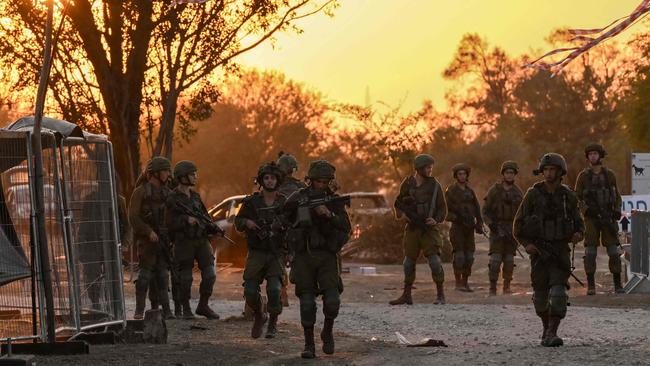
A Hamas incursion from Gaza, the messages said. Few details yet available. In the following minutes, the story and the details began to come into focus and we started to realise, with a moment of astonishment and then with weary familiarity, that this was not just another border incident.
As the dimensions of what was happening emerged in subsequent minutes, the familiarity also gave way to something else.
Hostages dragged across the border into Gaza. Killings of civilians. Something about a music festival close to the border. Terrible things happening. The army and police absent.
A peculiar charged hush settled among those waiting in the crowded departure lounge. They’ll close the airport, people began to say. We made it back, though, on one of the last flights by non-Israeli carriers.
Jerusalem, where I live, is now a city transformed into war mode. On that first evening, last Saturday, October 7, a colleague and I set out for the city centre. Everything was closed. The immediate association was with the pandemic. Then I remembered the years of the Second Intifada and the empty streets after terror attacks, many of them by the same Hamas organisation that Israel is fighting now.
Eventually we found a single small bar, a place frequented mostly by young people, foreigners and journalists, that defiantly had stayed open. But there was no defiant optimism available there, either.
A friend of one of the servers had been at the Supernova music festival at Kibbutz Re’im, a few kilometres from the border. No one had been able to contact him. Everything had changed. Suddenly, it was a different country.
Online later on, I saw that a cousin of mine had posted that her husband’s brother also had been at the music festival. He was missing and they asked anyone who had seen him to please be in contact. They included his picture.
The border area
We made our way to the Gaza border area the next day. All along the borderline there were signs of recent destruction and, as in Jerusalem, the odd and eerie quiet as though the population as a whole, aware that something horrific was passing through, had decided to stay as far out of its sight as possible. Here and there along the road were smashed-up cars, many with bullet holes in the windscreens.
These were the remains of vehicles that had belonged to Israelis and that had been fired on by groups of Hamas terrorists during the first chaotic hours of the assault. We looked inside one of the vehicles strewn by the roadside. There were bloodstains on the driver’s seat and a neat entry hole in the windscreen just above the steering wheel.
A corpse was lying close by, half covered by a piece of tarpaulin. This was the body of the terrorist. The army had taken the body of the driver away an hour ago, a religious Jewish man at the site told us.
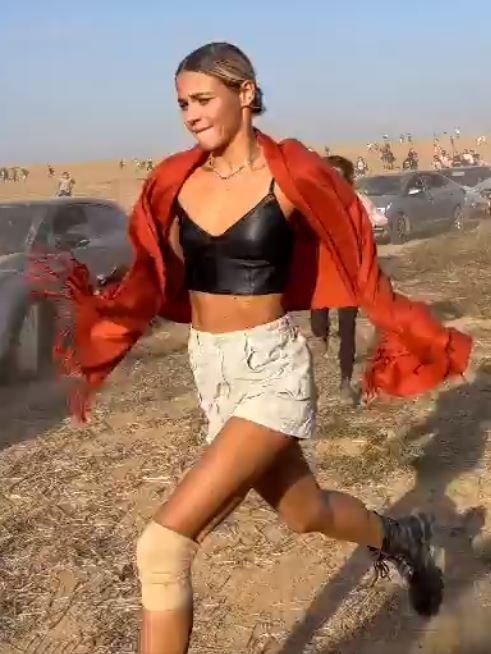
The authorities appeared to be following a policy of collecting the Israeli dead first, leaving the corpses of the Hamas attackers lying about beneath the sun.
The father of the guy in the car was here an hour ago, the religious man told us: “He wasn’t clear what had happened and he recognised his son’s car. He went crazy.”
In the groves of Kibbutz Zikim, which had borne the brunt of one of the first assaults, there was the same curious silence – and absence. Shouldn’t the army be here in larger numbers?
We remembered 2014 and the days before Operation Protective Edge, when these fields and groves had bristled with military presence, awaiting orders. Not now. Travelling down a dirt road along a line of the kibbutz houses close to the seafront we came across the vaporised corpses of two Hamas men. These men clearly had been taken out by very high explosives. A smashed vehicle, its engine still running, was close by.
Fearful of the possibility of too eager navy patrolmen and friendly fire, we made ourselves scarce. On the way out, we ran into a platoon of tanks, a reserve unit, rapidly mobilised. Merkava 4s, the top of the range of Israeli armoured power, waiting at the border. There was the sound of tank cannon fire close by.
“This is our Yom Kippur,” one of the young soldiers told us. Privately, it occurred to me that, as of then, that was only partly true. In the Yom Kippur War of 1973, Israel was surprised and hit hard, and ultimately prevailed. As of now, only two of those three elements appeared to apply. The third remained to be decided. The chaos, the broken cars and the corpses strewn around the roads didn’t seem especially encouraging.
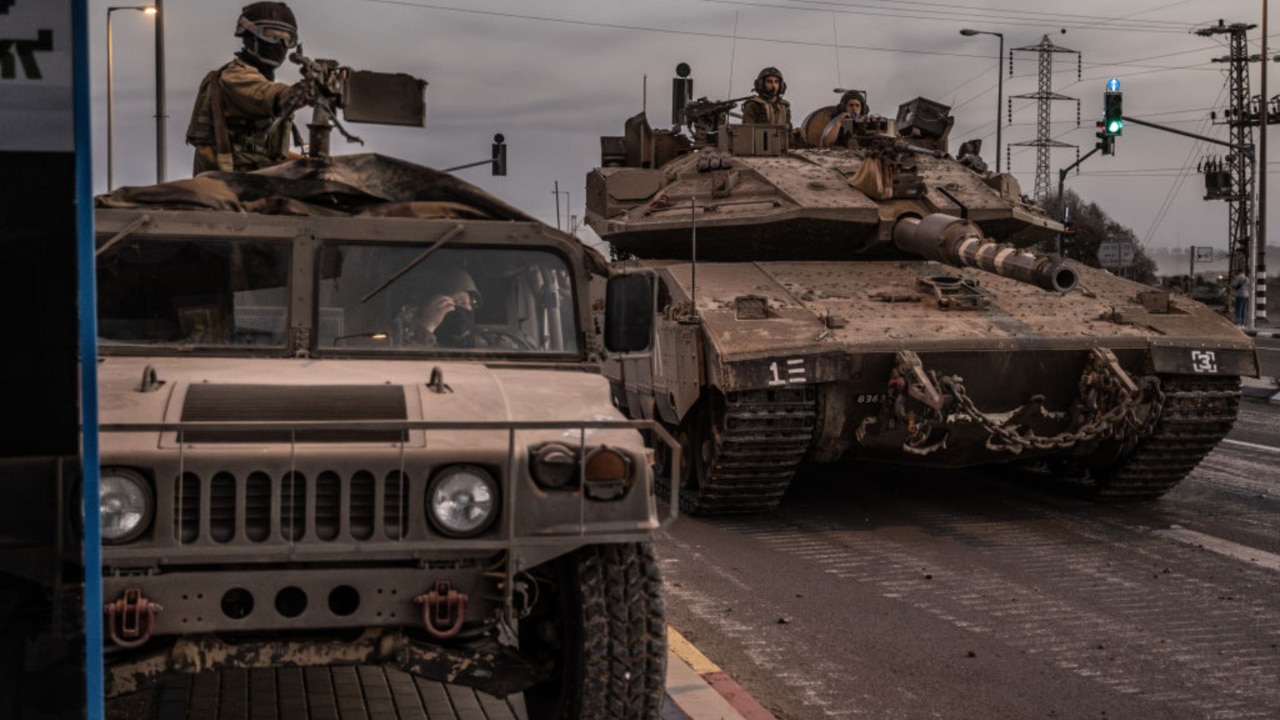
Barzilai Medical Centre
At Barzilai hospital, the closest Israeli medical centre to the Gaza Strip, the picture was different. We expected something like a replay of the chaos at the border. A missile had hit the hospital a few hours earlier. But everything was quiet, smooth, quick and efficient.
“I was woken by a siren on Saturday morning and I thought it was a dream,” Tal Bergman, Barzilai’s deputy director, told us. “How could there be a siren without us knowing? So I started calling people, but no one knew anything.”
Bergman, a psychiatrist by background, had made her way from her home in Rishon Letzion, near Tel Aviv, south to Barzilai. Sirens and missiles had forced her to stop her car and lie by the side of the road several times on the way down. When she arrived, “there were all kinds of rumours. Bit by bit, we started realising that something very bad was happening, but the situation was very chaotic, so we started doing what we know how to do best.”
In the following 24 hours, 380 wounded people came through Barzilai. “A lot of very complex wounds – gunshots, some severe brain injuries, complex multi-organ injuries,” Bergman said.
Outside the entrance to the emergency department, some volunteers had set up a food stall and were giving out hot food and drinks to the exhausted medical staff. It was a lull period. They were expecting things to liven up a bit later.
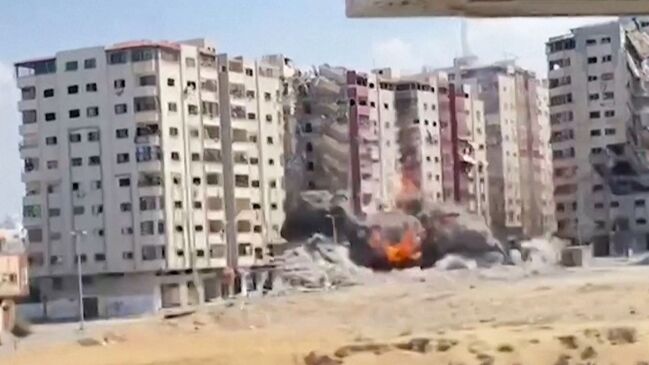
The people running the stall were secular Israelis, men and women from the local area. “This food comes from the Chabad House,” one of the women told us. Chabad-Lubavitch, a Hasidic sect, is well known for its rapid responses of this type. I remembered them on the Lebanese border in 2006. That had been another time when people had asked where the state was and concluded it was nowhere to be found, and had decided to act on their own initiative.
On the way back to Jerusalem, we stopped to buy coffee. A woman behind me was in conversation on her mobile phone, speaking in whispered Hebrew.
“I heard they killed all the girls at the surveillance base,” she said. She meant the electronic surveillance base, staffed mainly by female non-combat soldiers, that had been overrun early in the Hamas attack. And she was right. Most of these soldiers were murdered by Hamas.
A condolence call in Jerusalem
The following evening I paid a condolence call at the house of Elliot Young in Jerusalem. Elliot’s brother, Netanel, who served in the 13th Battalion of the Golani Brigade, had been killed last Saturday in the first hours of the attack. Netanel, who was 20 when he was killed, was a recent immigrant to Israel from London.
A community group had sent out a message that his family had arrived from abroad and was asking people to attend the shiva, the seven-day mourning period observed by Jews after a death. The family, it was said, was worried no one would come.
At the apartment, as I arrived, there were about 200 people in attendance, and the Young family had moved the proceedings out into the courtyard to accommodate everyone. People queued up to talk to Nicky and Chantal Young, the parents of Netanel.
When my turn came, I asked Nicky a few questions about his son. “He had been in the army just over a year, since September,” he told me. “He came back for a month’s leave with us in England, during the summer. And then back here.”
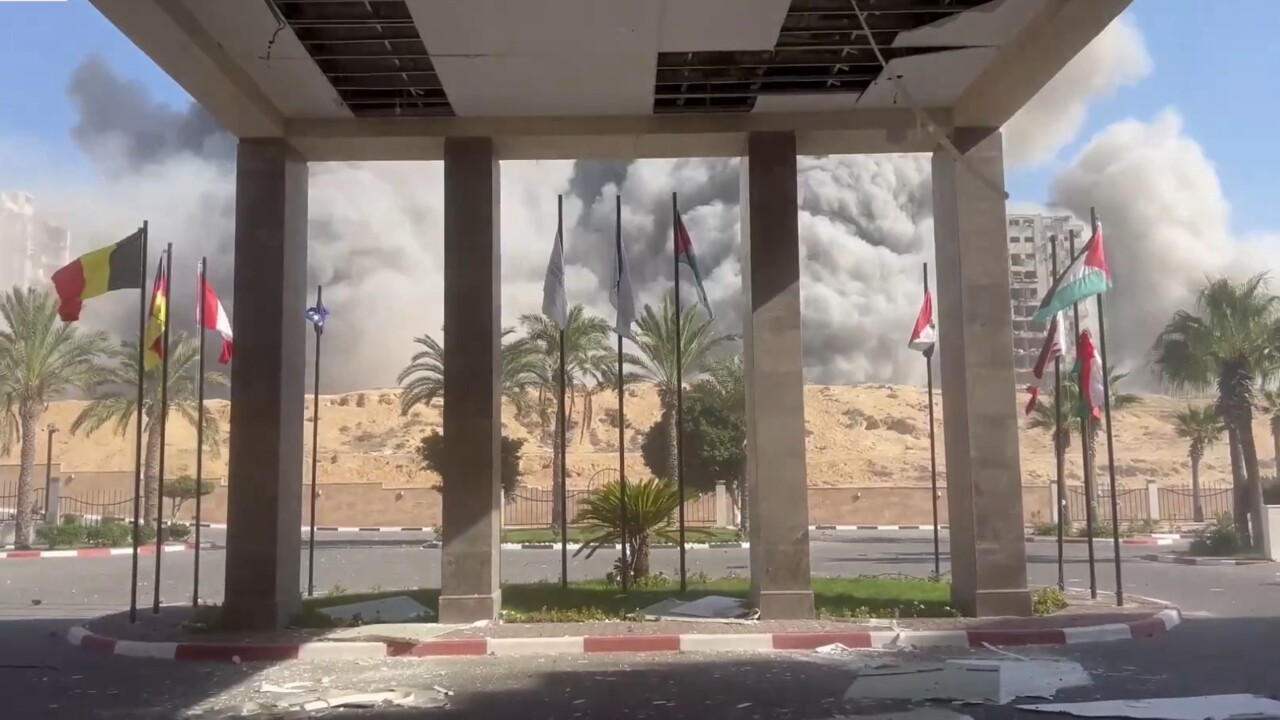
I had a few words in French with a young man behind me who, like Netanel, was a veteran of the Golani infantry brigade, one of the IDF’s premier units. “Netanel didn’t do well in school, and he wasn’t always someone who stuck at things. And people, friends, often let him down. But he always wanted to help protect Israel. That was always very strong in him, and so that’s what he decided to do.”
I wished he and his family should know no more sorrow. He replied that all of us should know only peace.
Returning from the Youngs, I received the news that the body of my cousin’s husband’s brother, Dan Damri, had been found. He had attended the Supernova festival at Kibbutz Re’im, a “journey of unity and love”, last Saturday. He was 22.
A preliminary assessment
The Hamas offensive against Israeli communities surrounding Gaza is a pivotal moment in a war that has been going on for several years. It’s a mistake to see this as another chapter in the long and interminable Israeli-Palestinian conflict. This error derives from the long habit of viewing the Israelis and Palestinians as part of a closed circle, detached from trends and power structures of the broader Middle East.
But what erupted out of the Gaza Strip last Saturday, spreading massacre and horror, has nothing to do with the “occupation”, the “two-state solution” and all the tired terminology of that dispute. It represents the combination of two powerful and related forces.
The first of these, coming from below, is the sustained potency of political Islam, or Islamism, as it is sometimes termed, of both the Sunni and Shia varieties.
Hamas, or the Islamic Resistance Movement, to give it its full name, is the local representative of a series of political-military movements stretching along the contiguous space from Egypt up to Iraq that for better or worse appear to be able to mobilise the support of a significant mass of their respective populations in the service of political violence.
Unfortunately, at ground level, these movements have no real competitors among the populations of the countries in question. Where they are not in power, it’s because a stronger non-Arab or non-Muslim force prevents this (Israel, the Kurdish enclaves in Syria and Iraq), or because a stronger non-Islamist Arab authoritarian force represses them by force (Egypt, Jordan).
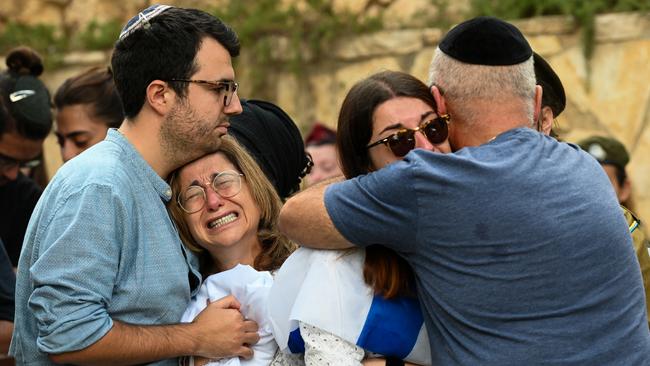
The second element, coming from above, without which Hamas would be little more than a local nuisance, is state support.
The Islamic Republic of Iran is the element that provides Hamas’s missile array, instructs its cadres in the homegrown building of rockets and almost certainly provided the space and the concealment needed for Hamas to train and prepare for last Saturday. For what purpose? Iran is committed to a long war strategy against Israel that is intended to end with the Jewish state’s demise and collapse.
This objective is pursued through the establishment or sponsorship of proxy political and military organisations along Israel’s borders and the equipping of these groups with extensive military capacities, enabling Iran to carry on an ongoing military campaign against Israel at one remove.
The question of the precise Iranian role on the day of October 7 remains open to question. But the Iran-provided capacities to Hamas and the role of the movement in Tehran’s broader regional strategy are not.
As for what comes next, it is clear we are at the start of a long war, the dimensions of which could yet expand to take in other members of the alliance of which Hamas is a part. Events on the Lebanese border are the main focus in this regard. Watch Syria, too.
Still, the confused picture of the first days is now assuming a clearer shape. Israel, both state and society, is facing one of its greatest challenges since its establishment.
Jonathan Spyer is director of the Middle East Centre for Reporting and Analysis. He is the author of Days of the Fall: A Reporter’s Journey in the Syria and Iraq Wars.


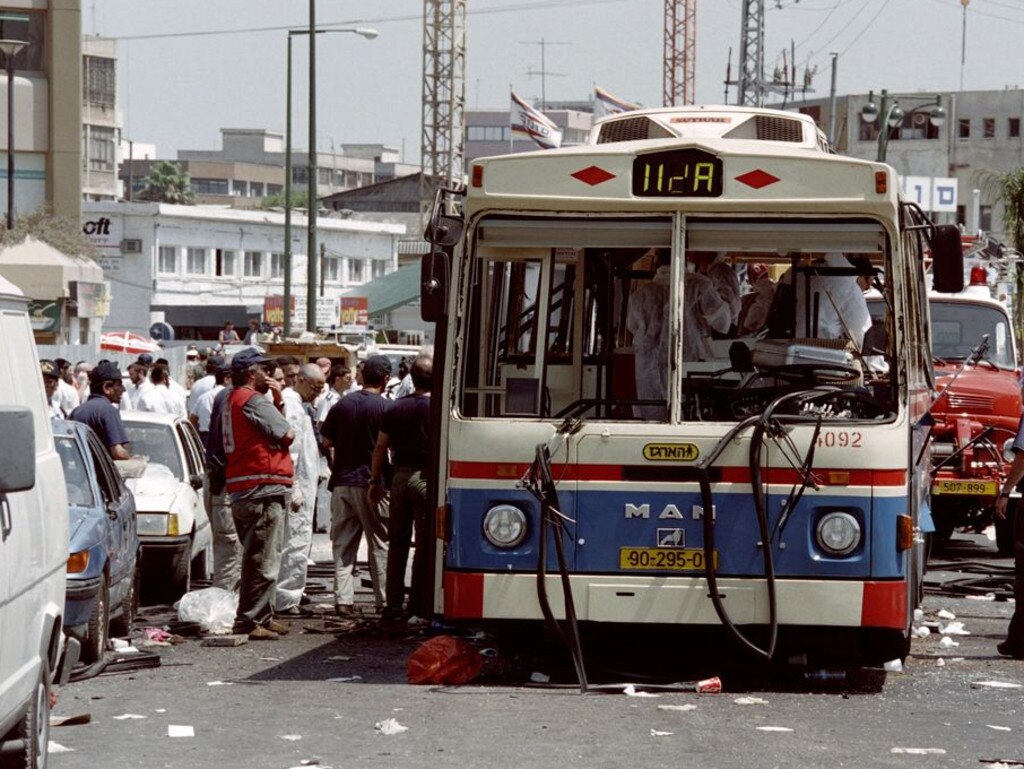
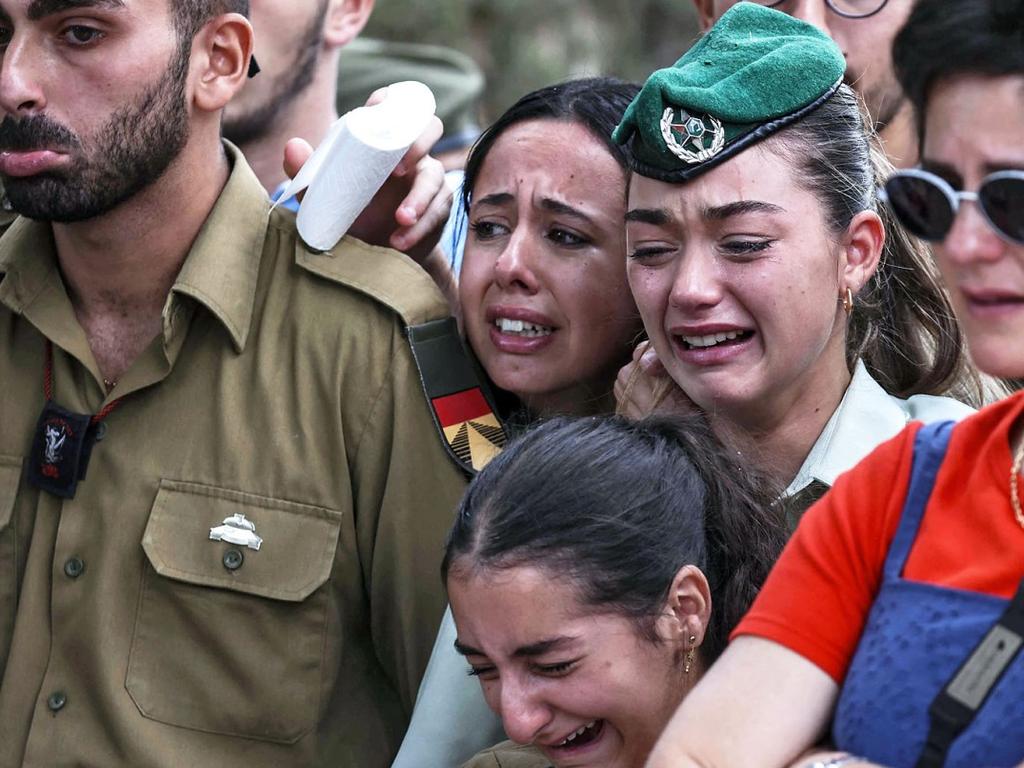
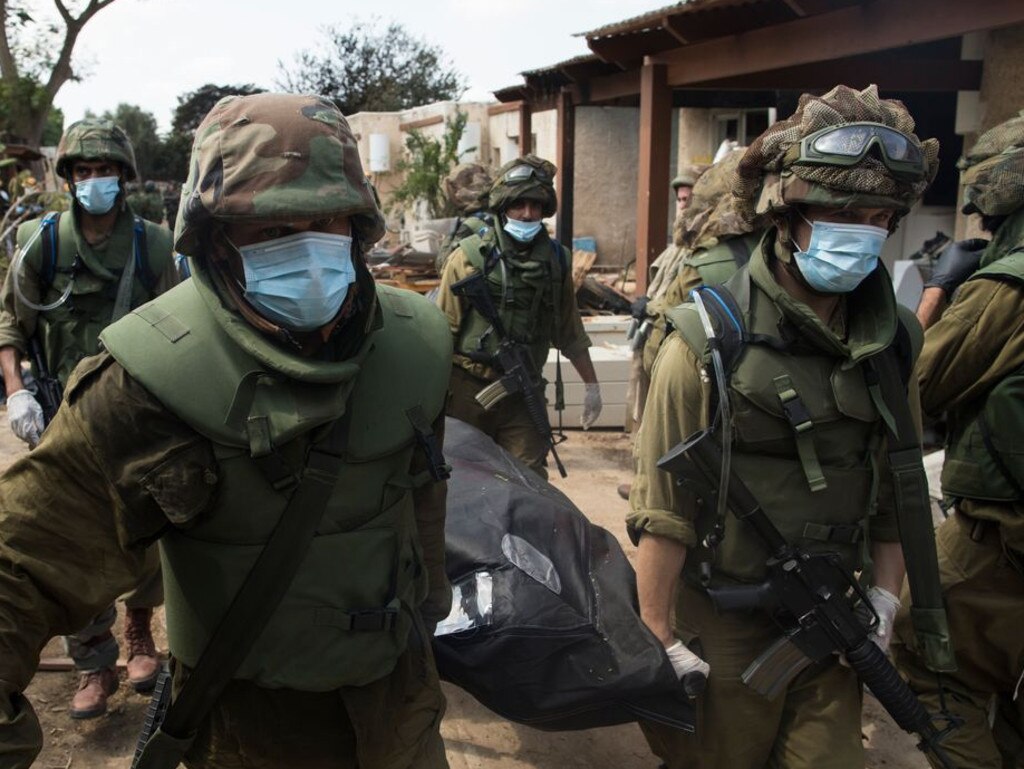
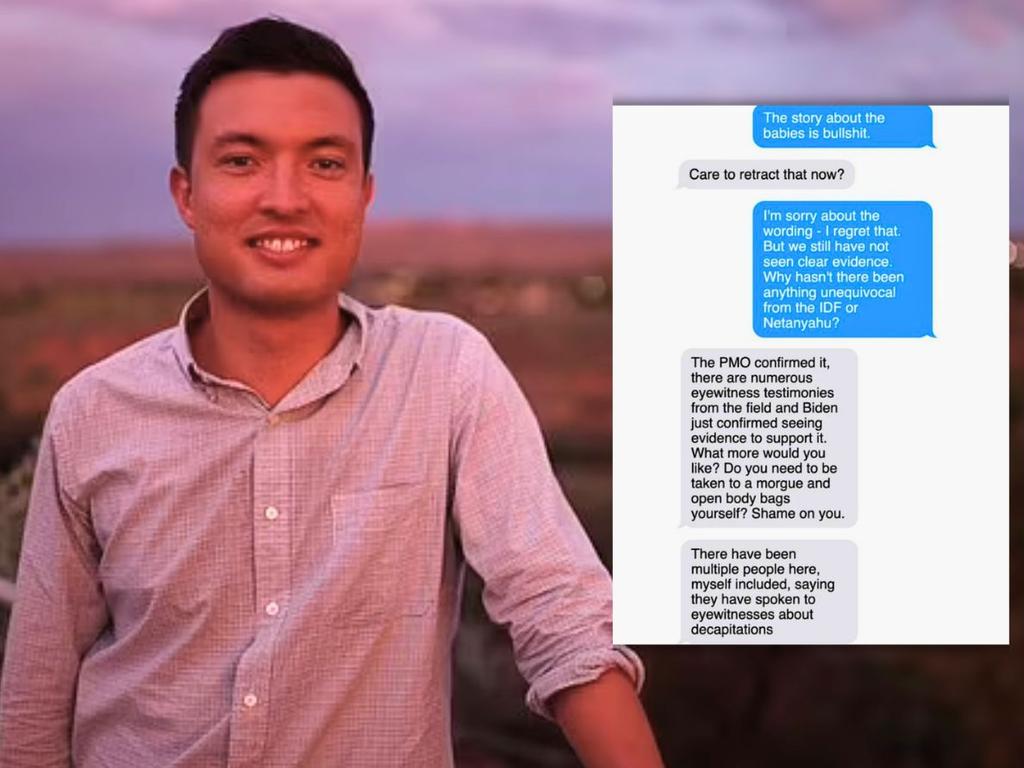
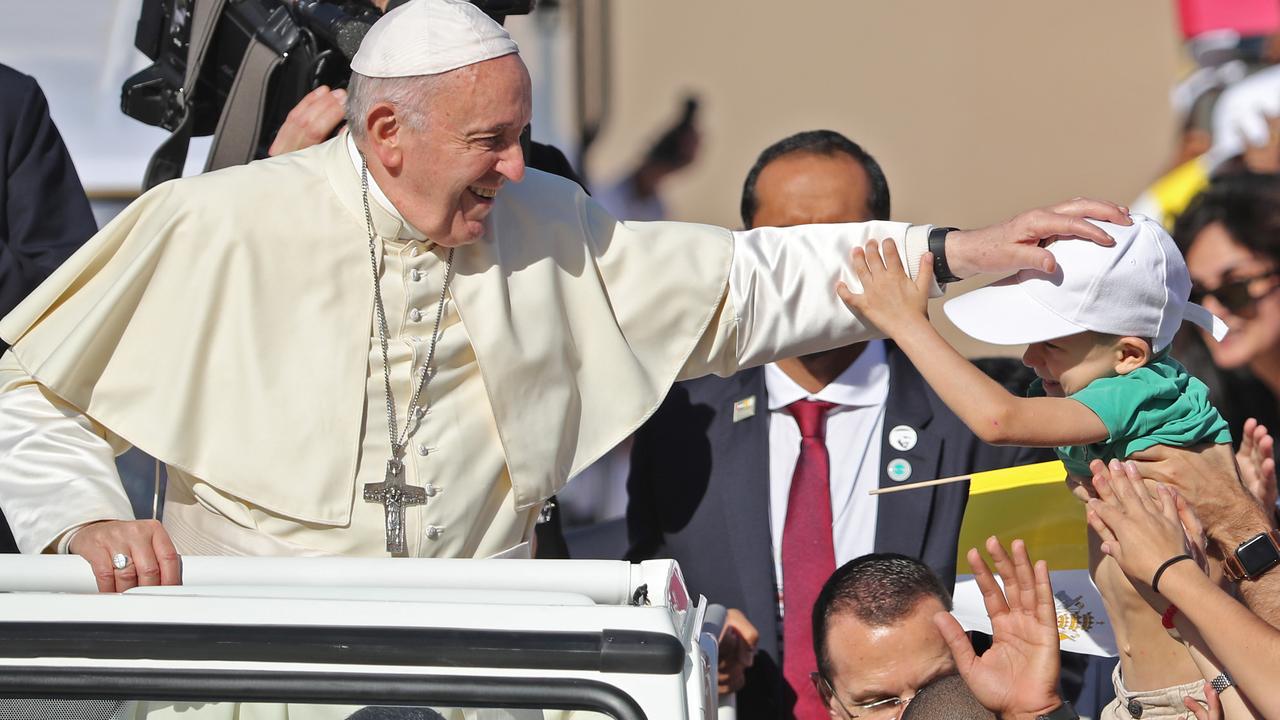
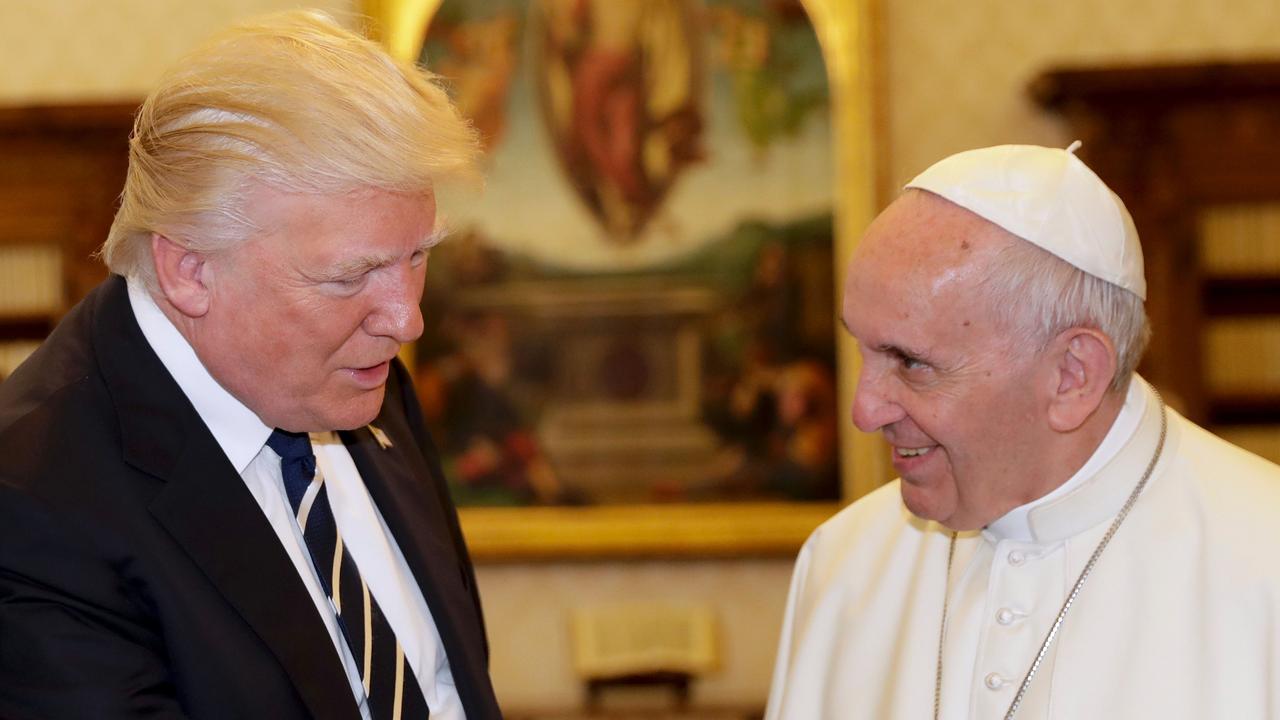
I was at Heathrow airport waiting for a plane back to Israel when messages, initially casual and nonchalant, began to appear on my WhatsApp feed. It was Simchat Torah, the last day of the Jewish High Holy Days, and I was sitting among a large contingent of sleepy Israeli families waiting to return home.